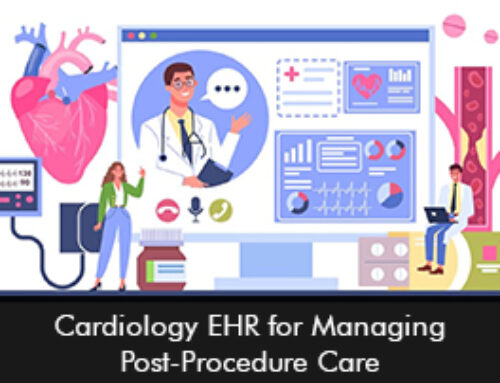There has been an astonishing rise in healthcare data breaches over the last few years. This means healthcare organizations need to have a full-proof strategy to prevent the occurrence of breaches as it can impact not only patients but also employees.
Ransomware Attack at Memorial Health
The biggest data breaches not only expose patient data and financial records but can go even further. Memorial Health System, having a network of clinics in Ohio and West Virginia was hit hard with a ransomware attack in August 2021. The attack not only impacted patient records but even stopped the staff members from having access to IT systems. This led to the shutting down of everyday workflows, impacting patient care, and of course the health system itself.
Internal and External Vulnerabilities of Data
It is critical to understand that sensitive data is because of both internal and external weaknesses. To prevent the chances of a cyber attack any healthcare organization needs to know well about these vulnerabilities.
Internal Vulnerabilities
- First-party Data Leaks
- Regulatory Compliance Gaps
- Internal Security Risks
- Little Cyber-Security Awareness among Staff Members
External Vulnerabilities
- Third-Party Vendor Data Leaks
- Third-Party Vendor Security Threats
- Regulatory Compliance Gaps
- Excessive Sensitive Data Access
How to Prevent Data Breaches in 2023?
Preventing data breaches is crucial to protecting sensitive information and retaining customer and stakeholder trust. While no approach can ensure total protection against data breaches, implementing the following best practices can considerably minimize the risk:
Strong Security Policies
Healthcare organizations should implement robust security policies and protocols when handling data, storing it, and accessing it.
Employee Training and Education
Both employees and healthcare providers need to stay abreast with cybersecurity awareness programs. They should be told that any strange activity should be reported quickly to the IT department to stop a cyber attack. Staff members can be trained about phishing scams and social engineering.
Consistent Software Updates
Keep all software up to date, including operating systems, EHR Software, apps, and security tools. Important security fixes that address known vulnerabilities are frequently included in software updates. Some Electronic Medical Records (EMR) Software vendors regularly update their systems to enhance their network and prevent attacks before they happen.
Strong Passwords and Multi-Factor Authentication
MFA should be deployed wherever possible and everyone in the organization should be encouraged to use complex passwords that can’t be easily hacked.
Encryption
Encrypt critical data at rest as well as during transmission. Even if the data is compromised, it will be unintelligible in the absence of the encryption keys.
Regular Backups
Regular backups should be maintained of important data. Having backups can reduce data loss and downtime in the event of a breach.
Ongoing Cybersecurity Planning
Keep in mind that cybersecurity is a continuous process that necessitates a proactive and collaborative effort from all members of the healthcare industry. To keep data safe and secure, risk assessments and security updates must be performed regularly as organizations can’t afford to lose patient trust.







